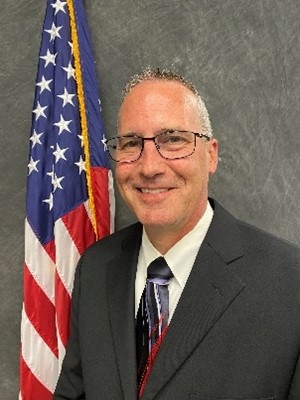
Robert Hayes
Project Manager, Drug Evaluation and Classification Program
Western Region
International Association of Chiefs of Police
420 and Impaired Driving: Then and Now
I first heard the phrase 420 when I was in high school, just shy of thirty-five years ago. I did not know what it meant and back then we did not have cell phones, Google, Wikipedia or instant access to the internet to do some quick research. It was either go to the library and break out an encyclopedia or ask a friend. I chose the latter and asked a friend. They told me 420 was a time to go smoke marijuana. It is reported that it started in California at San Rafael High School. Five students would meet at 4:20pm at a statue of Luis Pasteur. They would then go on a search for a marijuana crop. Today we have festivals on April 20 and an increased use of marijuana. There is also 710 which is the national smoking time (July 10) for dabs and oils. 710 is “oil” spelt upside down.
If you told me back then that we would have states with medical marijuana and recreational marijuana dispensaries I would have laughed at you. If you would have told me there would be edibles, I would have replied that we already have them, and they are called “marijuana brownies.” If you told me there would be gummy bears, wine, beer and almost any food that you can think of infused with THC I again would have laughed. And here is the kicker, if you would have told me there would be marijuana flower that can have THC levels well over 15% and dabs that can exceed 80%, I would have said no way.
Well, look where we are after 35 years. Not only did all of the above occur but we have gone from people being primarily killed by alcohol impaired drivers to a large number of people being killed by drug impaired drivers which includes marijuana.
I thought it would be interesting to review data which is available from the International Association of Chiefs of Police (IACP) Drug Evaluation and Classification (DEC) Program. The DEC Program provides in-depth training for law enforcement officers to deter and identify drug impaired drivers. They are referred to as Drug Recognition Experts or DREs. When an impaired driver is arrested for driving under the influence of intoxicants, and has a blood alcohol content below a .08%, a Drug Recognition Expert (DRE) is called to conduct an evaluation on the suspect and determine what drug category or categories is impairing the suspect. One of those drug categories is Cannabis.
When states started legalizing recreational marijuana use in 2015 the IACP had 1,480 certified DREs in the DEC Program and they conducted 28,295 drug evaluations. Of those, 10,880 of the evaluations conducted resulted in a DRE opinion of the subject being under the influence of Cannabis. In 2022, there were 1,445 certified DREs and they conducted 24,450 enforcement evaluations. Of those, 14,716 were opined to be under the influence of Cannabis. There is a definite trend with more people driving under the influence of Cannabis. Also in 2022, of the seven drug categories, marijuana was the most prevalent in twenty-four states.
In the study titled, Changes in Traffic Crash Rates After Legalization of Marijuana it found the following results. “Legalization of the recreational use of marijuana was associated with a 6.5% increase in injury crash rates and a 2.3% increase in fatal crash rates, but the subsequent onset of retail marijuana sales did not elicit additional substantial changes. Thus, the combined effect of legalization and retail sales was a 5.8% increase in injury crash rates and a 4.1% increase in fatal crash rates. Across states, the effects on injury crash rates ranged from a 7% decrease to an 18% increase. The effects on fatal crash rates ranged from a 10% decrease to a 4% increase.”
So, thirty-five years later 420 still exists. Hopefully through education and enforcement efforts we can reduce the number of people that are killed or injured by an impaired driver. We still have a lot of work to do, but with the assistance and contributions from organizations, such as MADD, we can make a difference.


